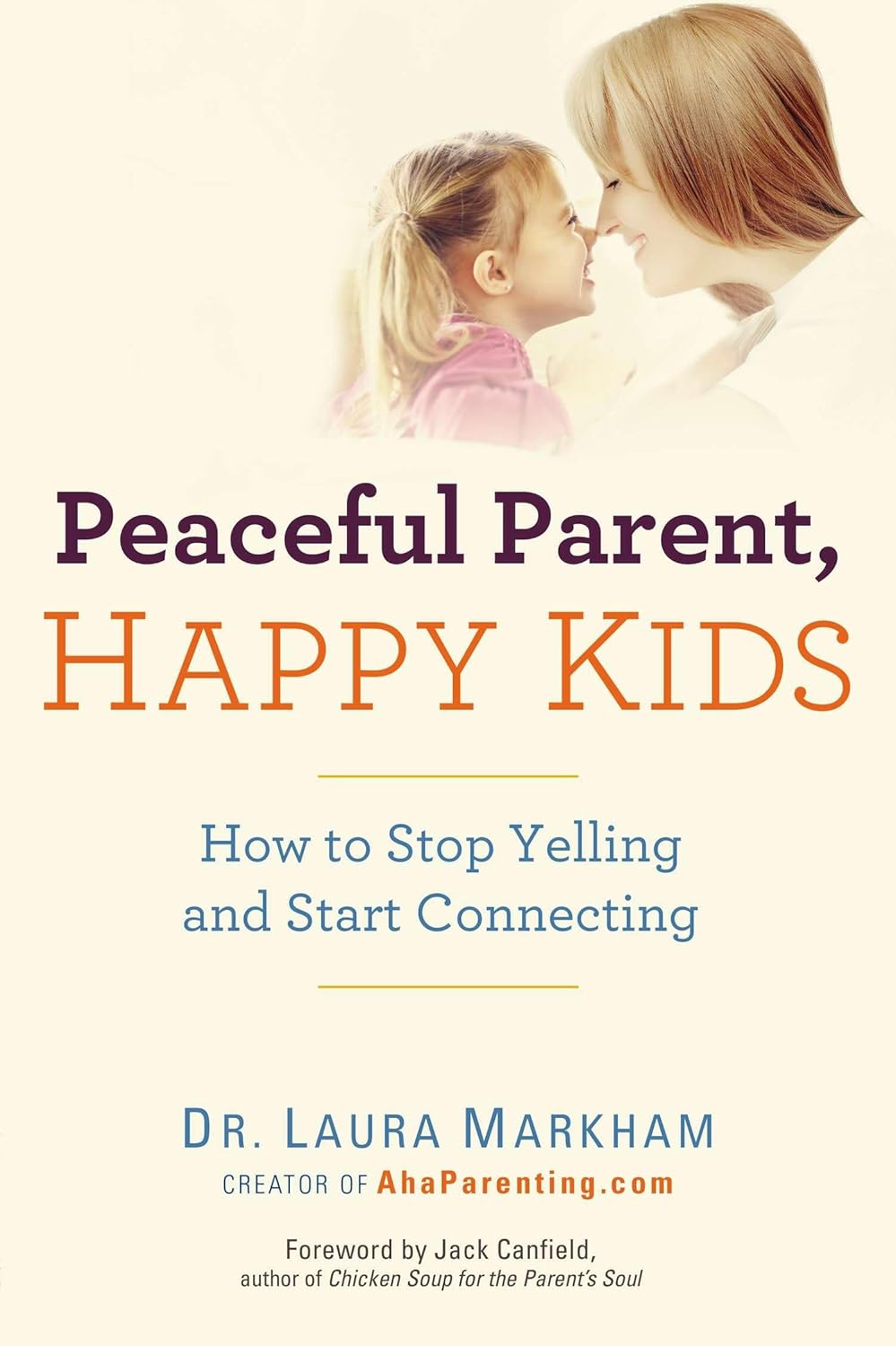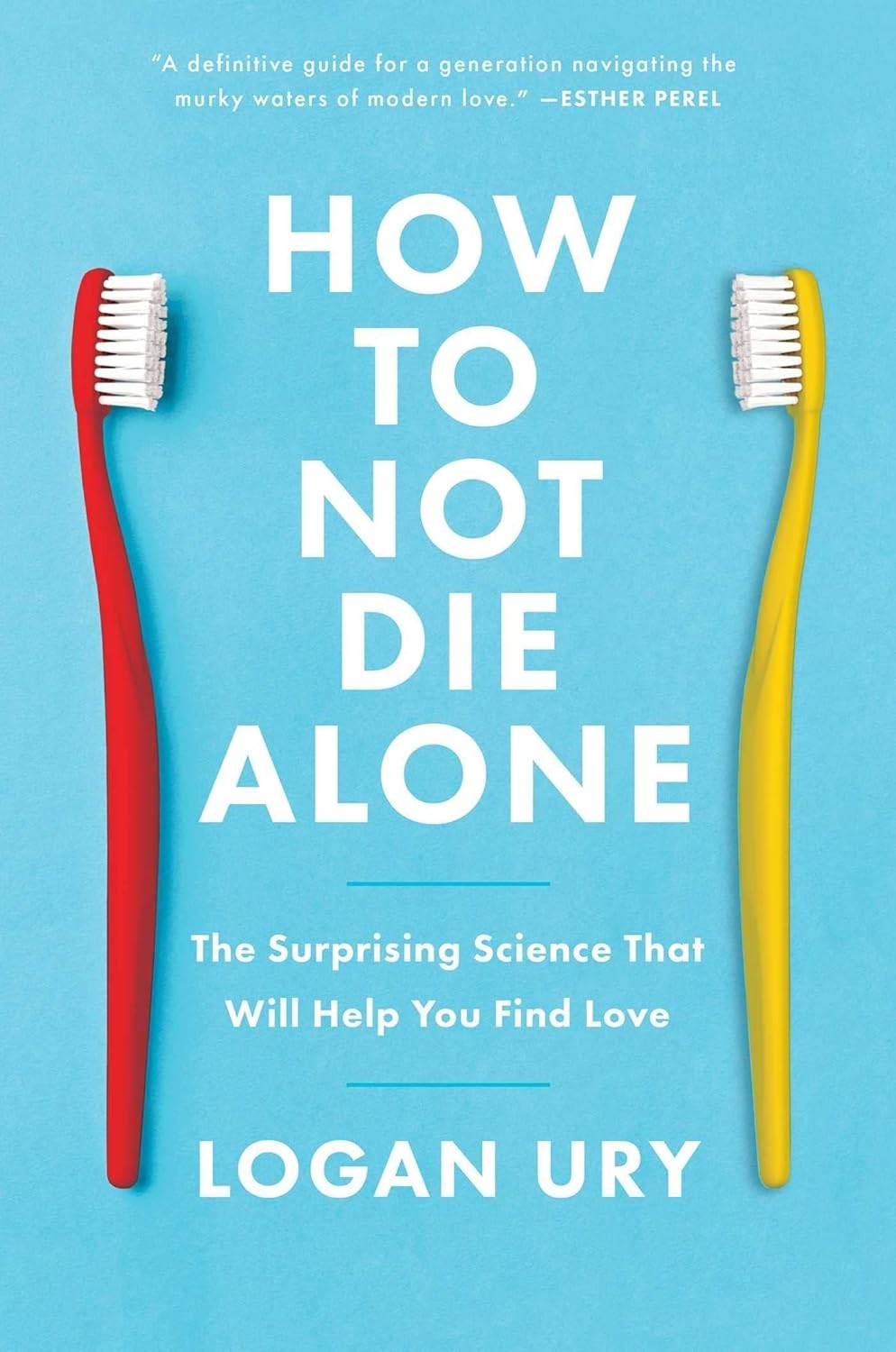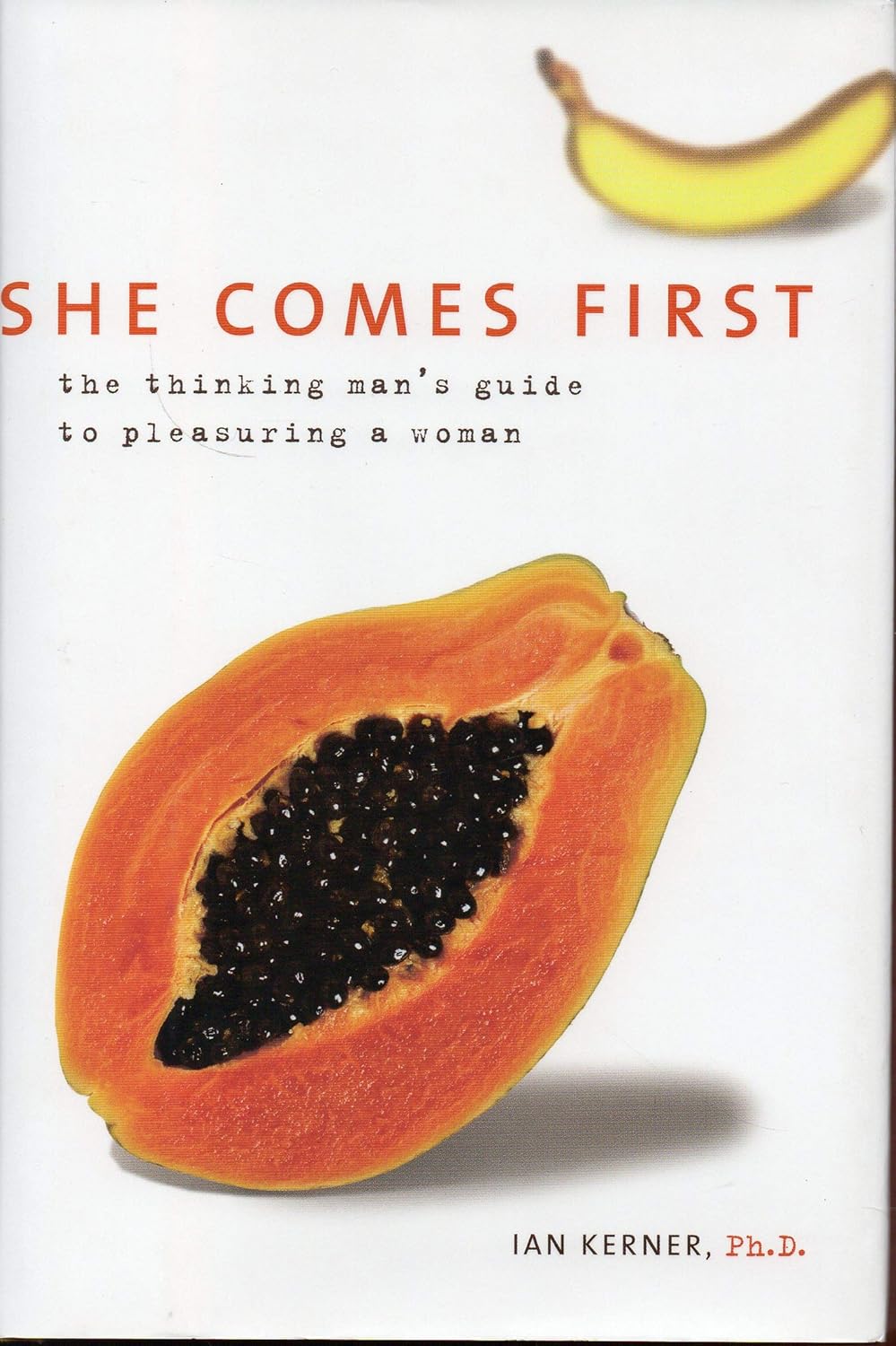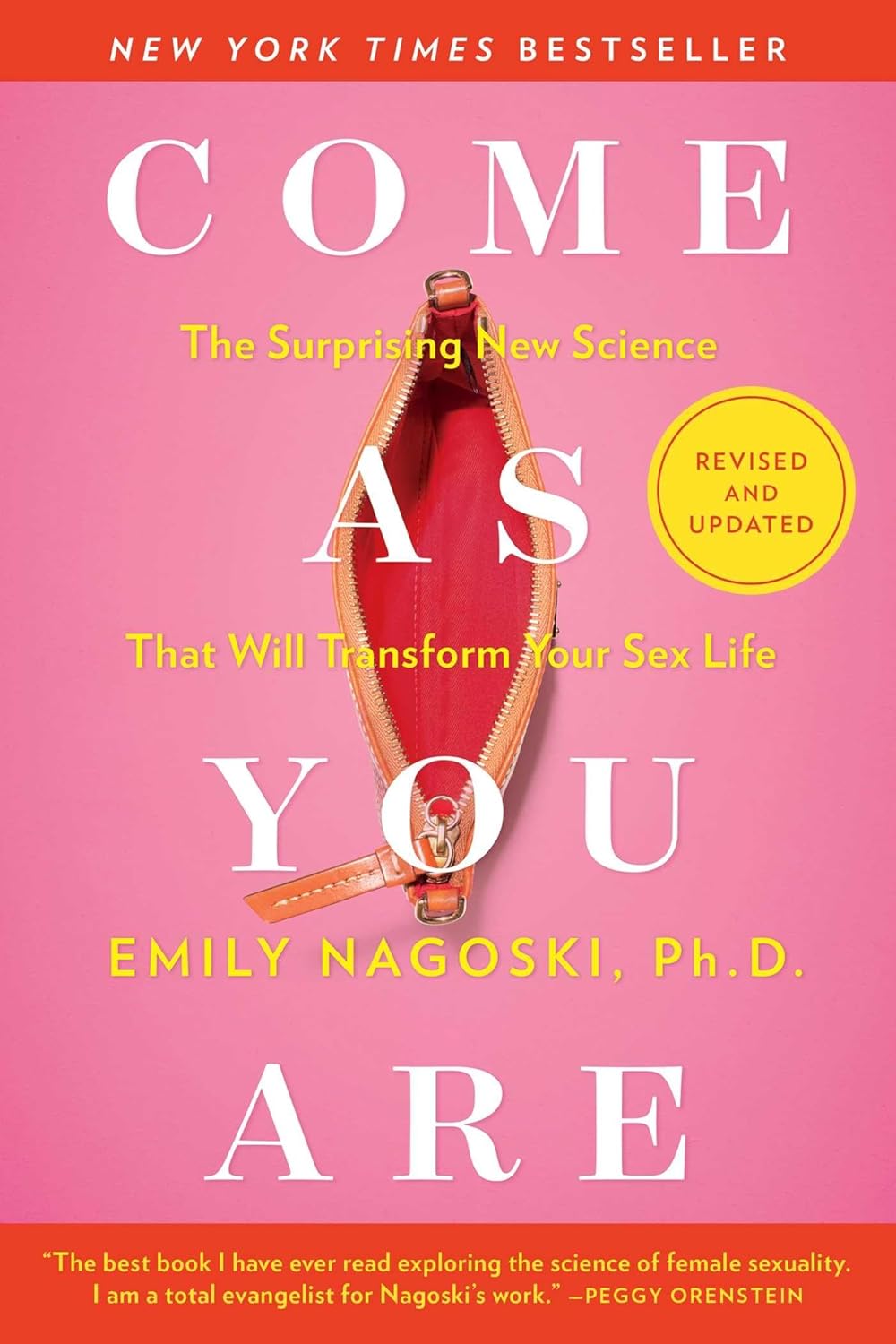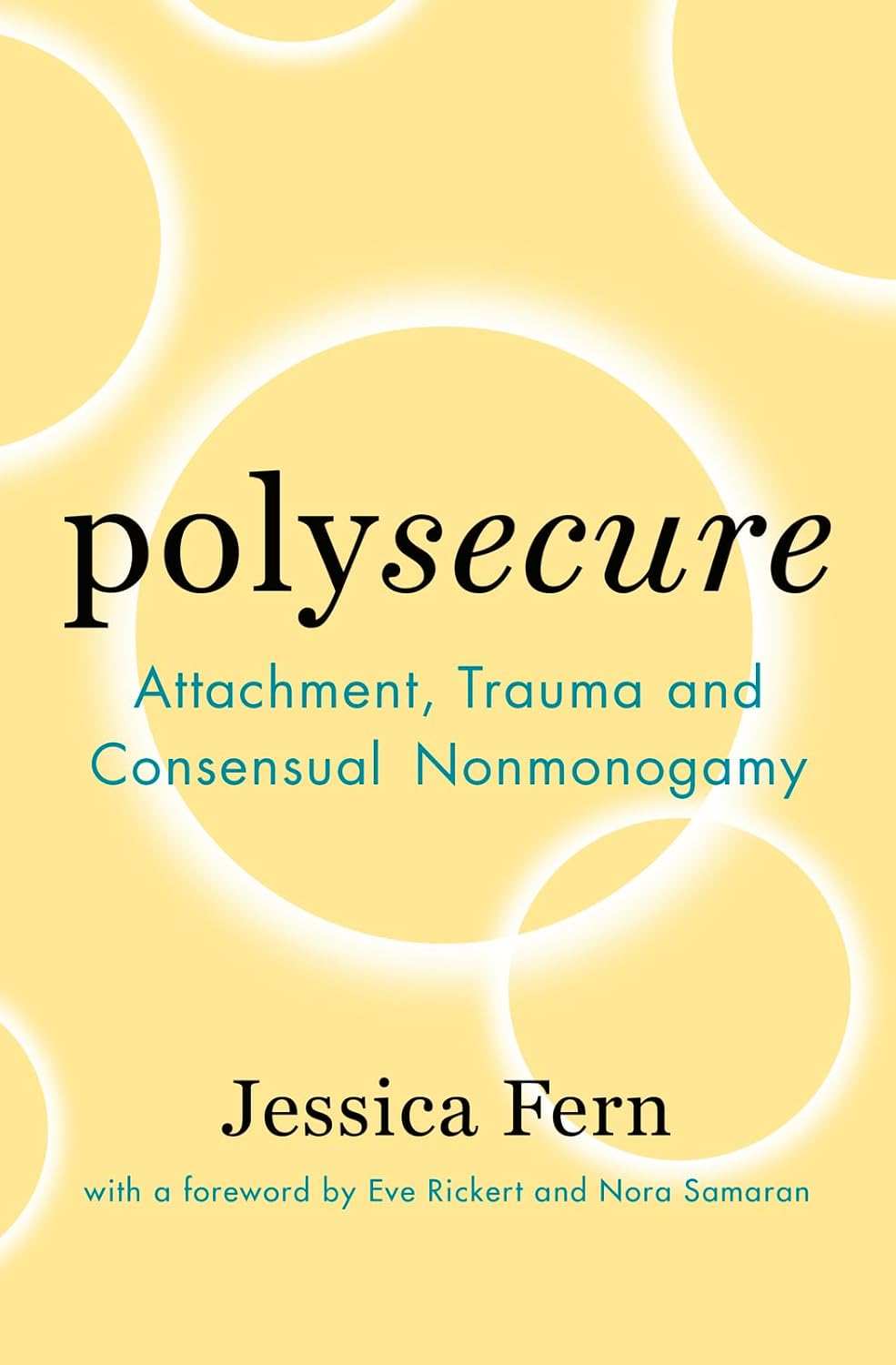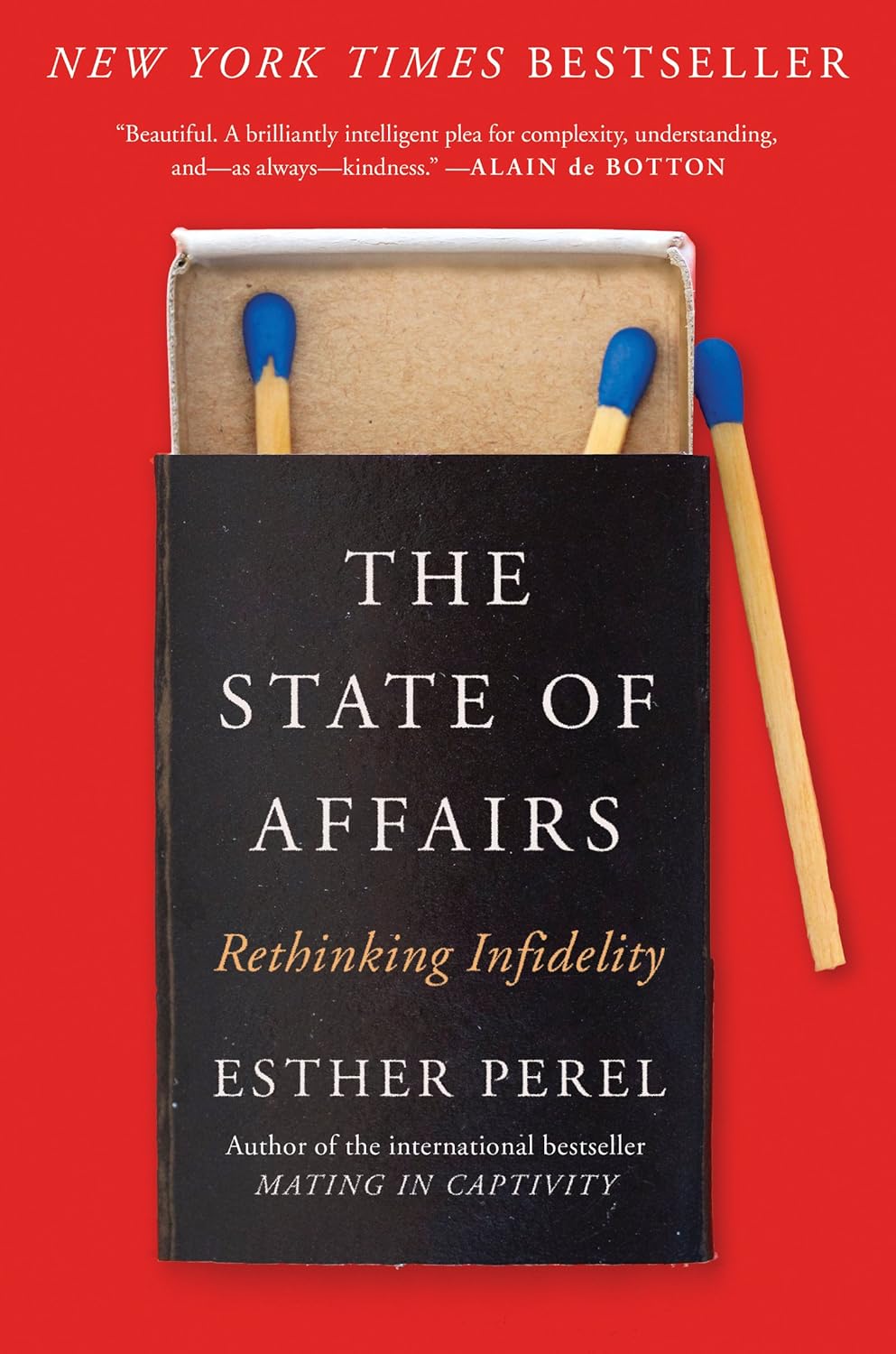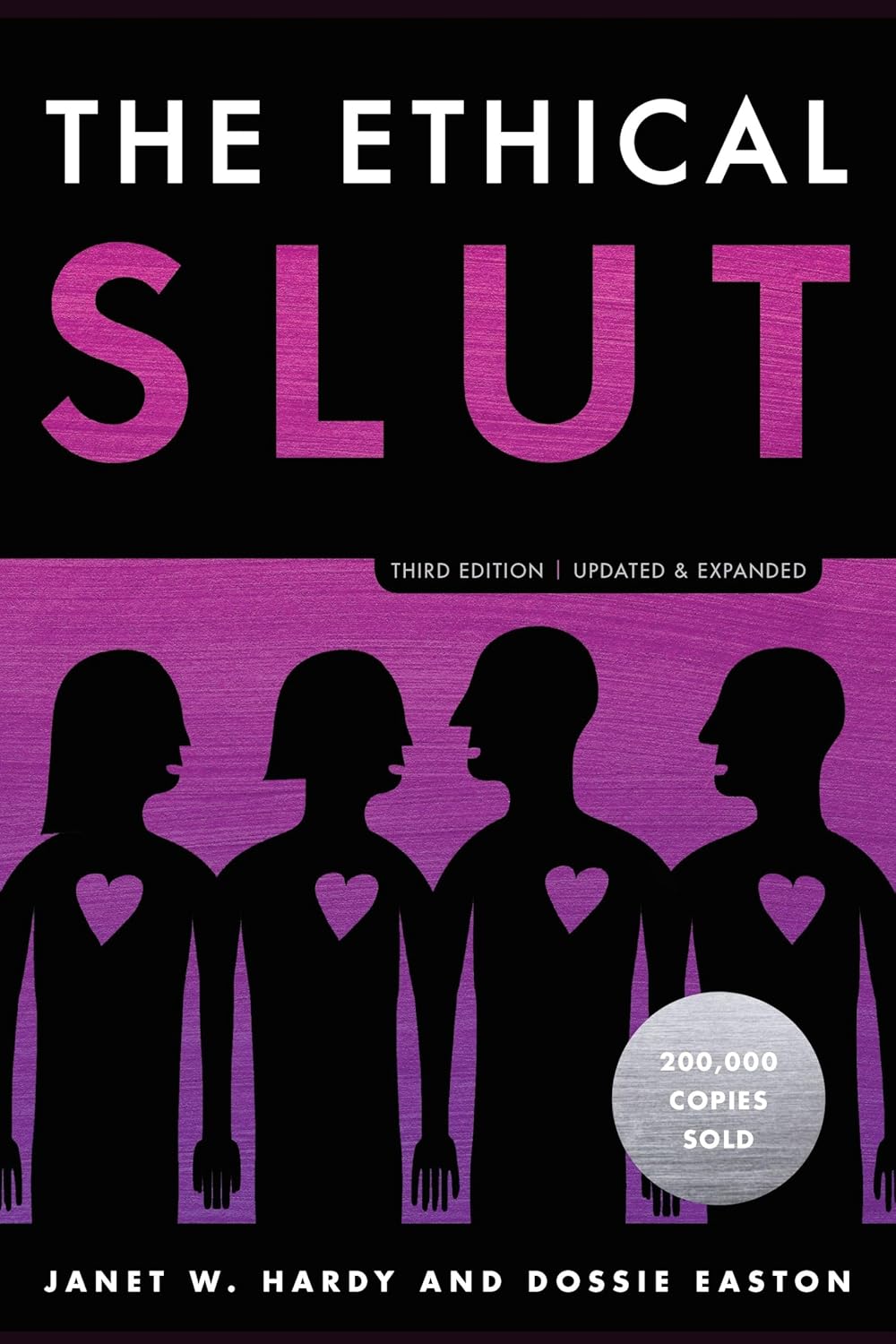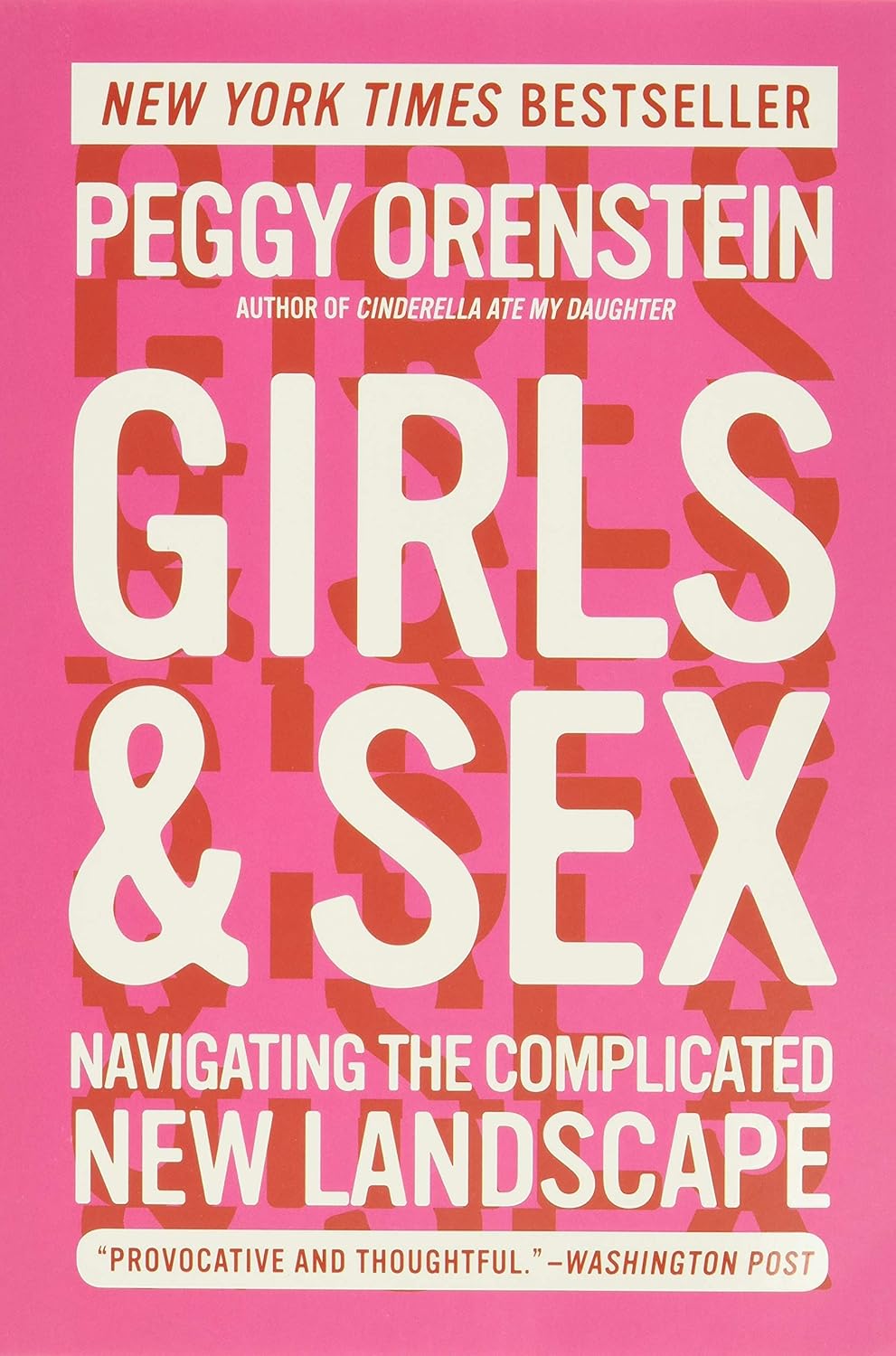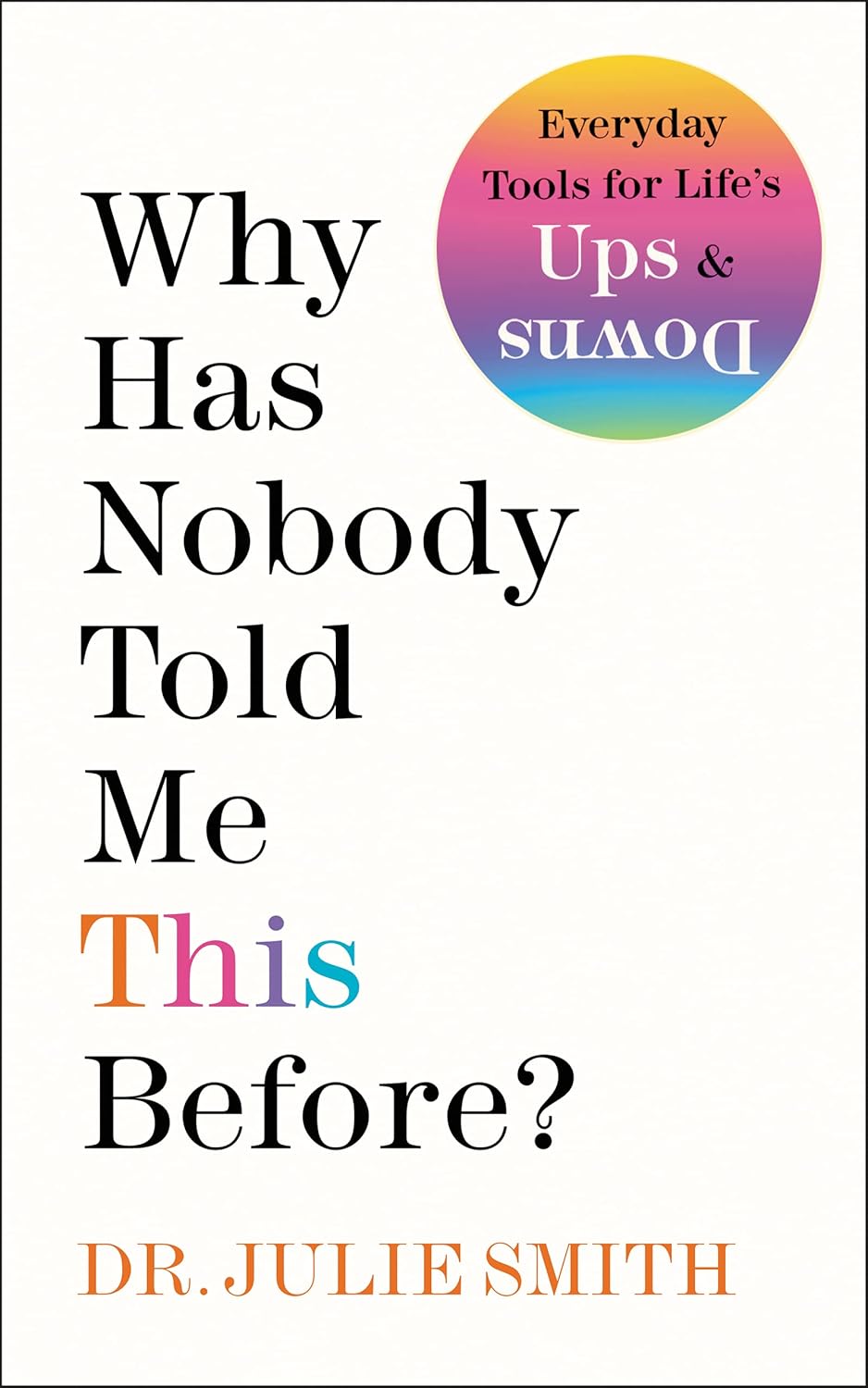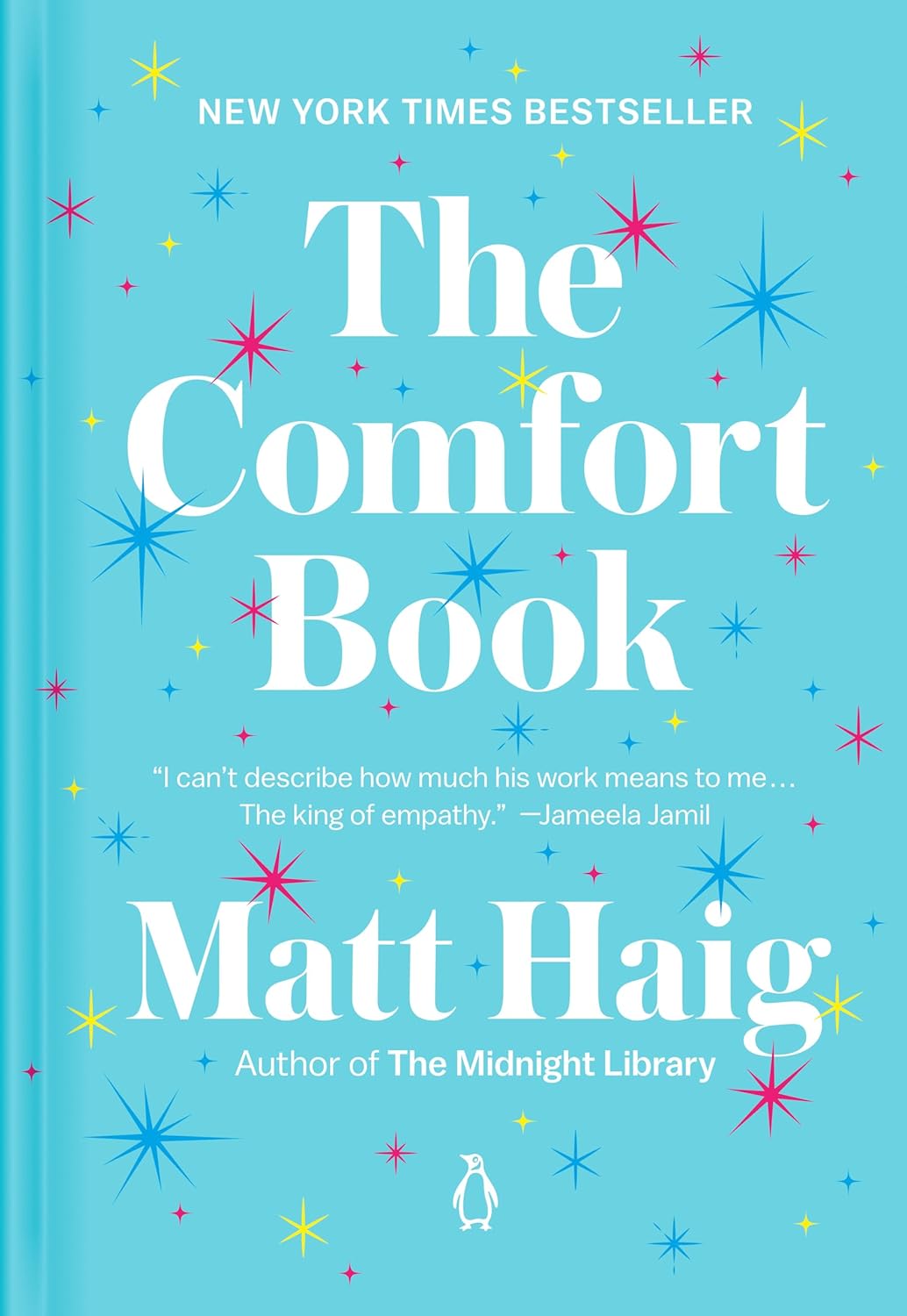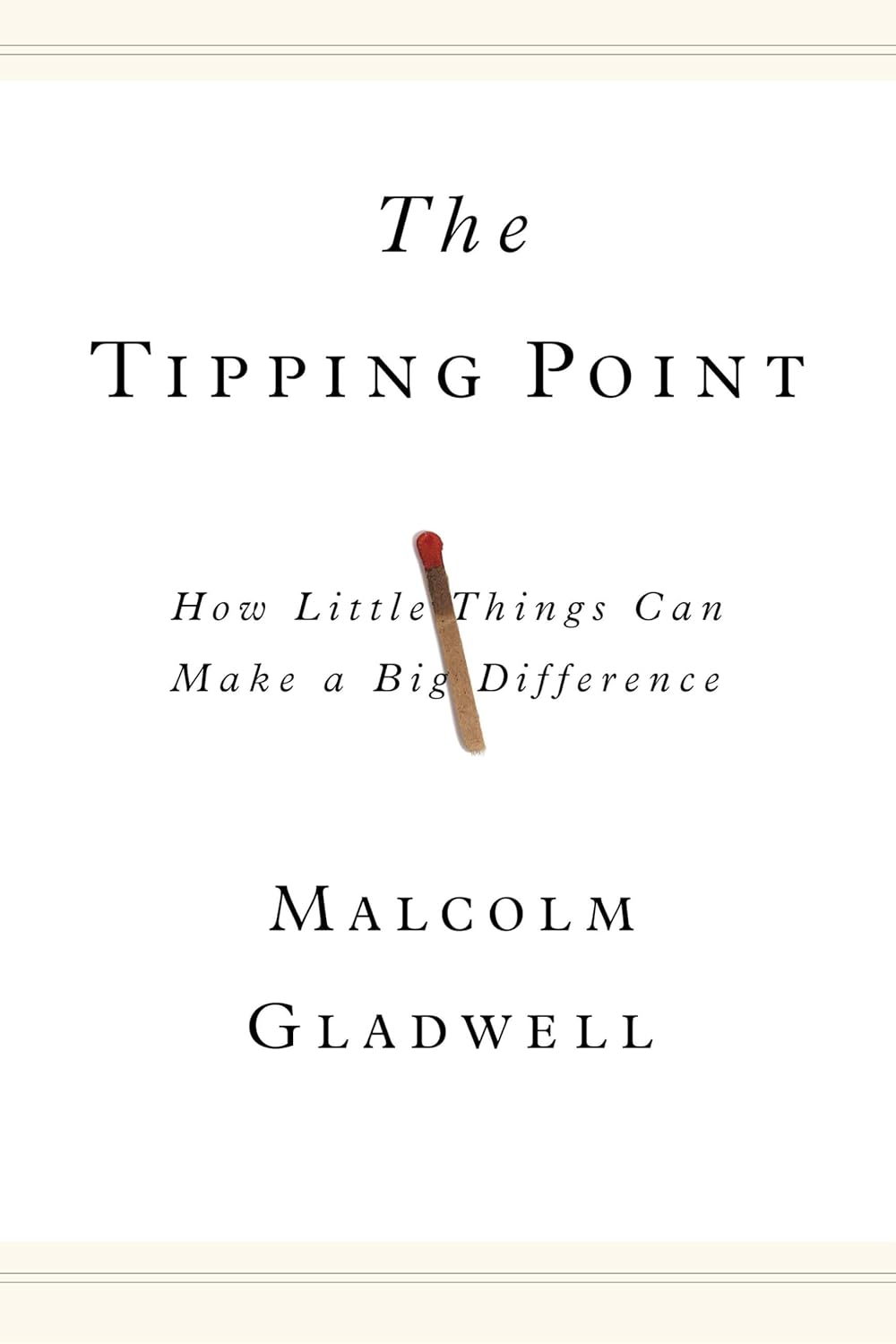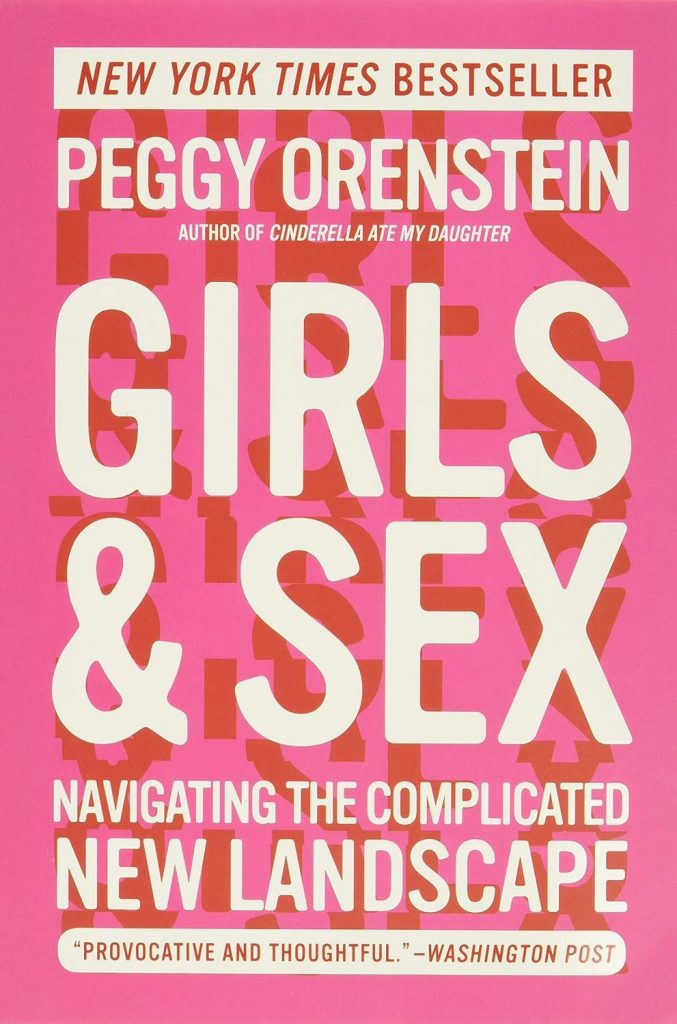
Buy The Book
Chapter
Girls & Sex: Navigating the Complicated New Landscape
About
This book examines the complex and often contradictory messages young women receive about sex, relationships, and desire in contemporary society. Through in-depth interviews and cultural analysis, it explores how factors like media, pornography, hookup culture, and shifting gender dynamics shape their experiences. It highlights the challenges young women face in navigating consent, pleasure, and personal identity, while also shedding light on the pressures they encounter from both peers and societal expectations. By addressing these issues with honesty and nuance, the book aims to foster a more informed and open conversation about female sexuality, encouraging healthier attitudes and greater self-awareness.
The author, Peggy Orenstein, is a journalist and cultural critic known for her work on gender, feminism, and youth culture. She has written extensively on issues related to girls’ development, body image, and sexuality, offering well-researched perspectives that challenge societal norms and provoke meaningful discussions.
For People
– Parents of teenage girls
– Educators and youth mentors
– Young women navigating adulthood
– Researchers and gender studies students
– Counselors and mental health professionals

Spark
Review
Like this
✦ CHAPTER 1: Matilda Oh Is Not an Object—Except When She Wants to Be
A young woman wrestles with the conflicting forces of empowerment and objectification, trying to define her own sense of agency in a world that constantly imposes expectations on her. Growing up in a culture where desirability is often equated with worth, she learns that attention can feel both validating and restrictive. The struggle lies in navigating the fine line between embracing sexual confidence and feeling reduced to an object meant for others’ consumption. Media, social norms, and peer influences reinforce the idea that being attractive and sexually appealing grants power, yet this so-called power often comes with limitations.
Personal experiences highlight the contradictions young women face—on one hand, embracing self-expression and autonomy in their sexuality, and on the other, realizing how much external validation plays a role in shaping their desires. The pressure to be both in control and desirable creates confusion. Is confidence in one’s body truly self-determined, or is it shaped by cultural conditioning? The answer is never simple. Moments of empowerment can feel genuine, yet they exist within a structure that still prioritizes male pleasure and societal approval.
Within intimate experiences, these tensions become even more pronounced. The desire to feel wanted is sometimes mistaken for the desire to engage in a particular act, leading to a murky understanding of consent and agency. The challenge lies in distinguishing between personal choices and those subtly influenced by external expectations. Recognizing these dynamics is the first step toward reclaiming control on personal terms. For young women, the journey toward genuine self-ownership involves questioning assumptions, rejecting limiting narratives, and carving out a space where confidence is not contingent on external validation. True empowerment comes from understanding the forces at play and choosing one’s own path with awareness and intention.
✦ CHAPTER 2: Are We Having Fun Yet?
Sexual experiences are often framed as fun, exciting, and pleasurable, yet many young women find themselves navigating a far more complicated reality. The expectation that intimacy should always be enjoyable creates pressure to perform rather than to genuinely experience pleasure. The influence of media, peer culture, and social narratives promotes an idea of sex where enthusiasm is assumed, leaving little room for personal exploration or honest conversations about what feels good. Many find themselves engaging in encounters where enjoyment is secondary to fulfilling an expected role.
The lack of open dialogue about female desire contributes to this disconnect. Discussions about sex often revolve around male pleasure, leaving young women uncertain about their own needs. Without clear communication, consent can become a gray area—not necessarily forced, but not entirely enthusiastic either. Many feel compelled to say yes even when they are unsure, fearing that hesitation might be misinterpreted as prudishness or rejection. This creates a dynamic where participation is expected, but genuine fulfillment remains elusive.
Compounding the issue is the way pleasure is defined. Cultural scripts dictate what “good” sex should look like, often prioritizing performative aspects over authentic connection. The pressure to meet these expectations can make it difficult to assess personal preferences. Instead of asking, “What do I want?” many young women find themselves wondering, “Am I doing this right?” The focus shifts from personal satisfaction to external validation, reinforcing a cycle where sex is something to be achieved rather than experienced.
Breaking free from these expectations requires a shift in perspective. True enjoyment comes from understanding one’s own desires, communicating openly, and rejecting the notion that pleasure is a predetermined script. Redefining intimacy on personal terms allows for a more fulfilling experience—one where consent is not just about agreement, but about genuine enthusiasm. By challenging the assumptions around what sex should be, young women can reclaim their right to pleasure and agency, making space for experiences that are truly enjoyable rather than just expected.
✦ CHAPTER 3: Like a Virgin, Whatever That Is
The meaning of virginity remains elusive, shaped by cultural, religious, and societal expectations that often contradict one another. For many young women, the concept carries immense weight, influencing their sense of self-worth and shaping their attitudes toward intimacy. Some are taught that virginity is a precious thing to be preserved, a marker of purity that should not be given away lightly. Others receive conflicting messages that suggest sexual experience is necessary for maturity and social acceptance. The pressure to either “save” or “lose” virginity creates an impossible standard, leaving many feeling confused about what their first experience should mean.
The ambiguity surrounding the definition of virginity adds to this confusion. Is it defined by penetration, by emotional significance, or by personal perception? The lack of a universal definition underscores the fact that virginity is more of a social construct than a concrete reality. Because of this, young women often struggle to place their own experiences within the framework they’ve been given. Some feel regret for engaging in sex too soon, while others feel frustrated by the stigma attached to waiting. No matter the choice, judgment seems inevitable.
Beyond external pressures, personal emotions surrounding virginity vary widely. Some approach their first sexual experience with excitement, others with fear or indifference. The expectation that it should be a life-changing event only adds to the pressure, making it difficult to experience the moment without self-consciousness. Many find that the reality of their first time does not match the dramatic narratives they have been given. Instead of a defining milestone, it often feels like just one small step in a much larger journey of understanding intimacy and self.
Letting go of rigid definitions allows for a healthier approach to sexuality—one where individual values take precedence over societal expectations. Rather than treating virginity as a prize or a burden, it becomes just another aspect of personal experience, neither more nor less significant than any other moment of growth. The real challenge is not in determining when or how to “lose” virginity, but in learning to navigate intimacy in a way that feels right on a personal level.
✦ CHAPTER 4: Hookups and Hang-Ups
Casual encounters have become a dominant part of the modern dating landscape, yet they often leave participants feeling uncertain about their emotional and physical boundaries. The expectation that intimacy should be detached from feelings creates a paradox—seeking connection while pretending it doesn’t matter. Many approach these experiences with the belief that emotional investment should be avoided, yet disappointment and confusion frequently follow. The cultural script dictating that hookups are purely physical ignores the reality that vulnerability and attachment can still emerge.
Alcohol plays a significant role in shaping these encounters, often serving as both a social lubricant and a shield against discomfort. Many feel the need to be intoxicated to engage in casual sex, blurring the line between consent and coercion. The assumption that alcohol makes experiences more enjoyable can mask deeper concerns—whether the encounter is truly wanted or simply expected. The pressure to participate in hookup culture can make it difficult to opt out without feeling socially excluded.
Communication remains limited, with many relying on assumptions rather than open discussions about desires and boundaries. The fear of seeming too needy or attached discourages honesty, reinforcing a cycle where both parties remain uncertain about the other’s true feelings. Without clear expectations, misunderstandings arise, leaving one person feeling used while the other remains indifferent. The emotional toll of these unspoken dynamics often goes unacknowledged, as vulnerability is seen as a weakness rather than a natural response to intimacy.
Creating healthier dynamics requires a shift away from unspoken assumptions. Acknowledging that emotional responses are valid, regardless of the nature of the encounter, allows for more honest interactions. Instead of following a script that demands detachment, recognizing individual needs and boundaries fosters a more authentic approach to intimacy. The challenge lies in redefining casual encounters in a way that prioritizes mutual respect, open communication, and genuine personal choice.
✦ CHAPTER 5: Out: Online and IRL
Digital spaces shape perceptions of sexuality, identity, and self-worth in ways that often go unnoticed. Social media, dating apps, and instant communication create an environment where exposure is constant, and the lines between public and private blur. Images and messages shared online carry weight, influencing how individuals see themselves and how they are perceived by others. The digital world offers both freedom and pressure—freedom in self-expression, but pressure to curate an idealized version of oneself.
Validation comes through likes, comments, and attention from peers or strangers. The desire to be noticed can lead to a cycle of seeking approval, where self-esteem becomes tied to external responses. Posting a carefully chosen selfie or engaging in flirtatious exchanges online can feel empowering, yet the dependence on digital affirmation creates vulnerability. A single negative comment or lack of response can trigger doubt, reinforcing the idea that worth is measured by online engagement.
Sexual expression also takes on new forms in the digital space. Sexting, suggestive photos, and online flirting are now common aspects of relationships and self-discovery. While these interactions can feel exciting, they also carry risks—misinterpretation, unwanted exposure, or regret. The permanence of digital footprints adds another layer of complexity. A private message can easily become public, and once something is shared, it is nearly impossible to take back. The fear of being judged or exploited exists alongside the thrill of digital intimacy.
For those exploring their sexual identity, online communities provide a space for connection and validation. LGBTQ+ individuals, in particular, find support in digital spaces where they can express themselves without fear of immediate judgment. Online platforms become places of discovery, where conversations about identity, attraction, and desire unfold in ways that may not be possible in everyday life. However, these spaces are not always safe, as harassment and exploitation remain constant threats.
The contrast between online and real-life interactions creates challenges in understanding authenticity. Digital personas often differ from reality, leading to confusion when virtual relationships transition into physical ones. The ease of online communication can make in-person conversations feel more difficult, as expectations shaped by digital exchanges don’t always translate offline. The pressure to maintain an attractive, confident online presence can create anxiety about measuring up in real-world interactions.
Navigating this digital landscape requires awareness of both its benefits and its dangers. Recognizing the difference between curated realities and genuine self-expression helps in maintaining a sense of self-worth beyond online validation. Conversations about digital intimacy, consent, and boundaries are crucial in creating a culture where technology enhances, rather than distorts, personal relationships and self-image.
✦ CHAPTER 6: Blurred Lines, Take Two
Consent remains a complicated and often misunderstood concept, shaped by cultural narratives that blur the distinction between desire and obligation. Many grow up internalizing messages that consent is not just about saying yes or no, but about managing expectations, reading signals, and avoiding discomfort. The fear of disappointing a partner or being labeled difficult can lead to situations where agreement is given without genuine enthusiasm. The weight of social conditioning makes it difficult to always recognize when a choice is truly voluntary.
The influence of media and past experiences further complicates the understanding of consent. Romanticized portrayals of persistence, power imbalances, and nonverbal cues create confusion, making it harder to distinguish between mutual desire and coercion. Many struggle with the pressure to conform to expected roles, where saying no feels risky and saying yes feels like an obligation. The absence of clear communication leaves room for misinterpretation, reinforcing a dynamic where assumptions replace direct conversations.
Alcohol and social settings add another layer of ambiguity. Drinking often lowers inhibitions, making it harder to assess personal boundaries. The assumption that intoxication equals consent disregards the reality that impaired judgment can lead to regret or discomfort. Many feel compelled to go along with situations they might not have agreed to under different circumstances, further complicating the distinction between choice and coercion.
Shifting the conversation around consent requires moving beyond the idea of simply avoiding a clear no. Enthusiastic participation should be the standard, rather than the absence of resistance. Encouraging open discussions about boundaries, desires, and mutual respect fosters a healthier approach to intimacy. Recognizing the influence of external pressures and challenging harmful narratives allows for a redefinition of consent that prioritizes active, willing engagement rather than passive compliance.
✦ CHAPTER 7: What If We Told Them the Truth?
Honest conversations about sex, relationships, and self-worth remain rare, yet withholding the full picture does more harm than good. Many grow up receiving incomplete or misleading information, shaped by fear, shame, or outdated beliefs. Messages about sex often focus on risks and consequences rather than on understanding pleasure, communication, and emotional well-being. The omission of these crucial aspects leaves gaps that are filled by media, peer influence, and personal trial and error.
Avoiding difficult conversations does not protect young people—it leaves them unprepared. Without honest discussions, misconceptions persist, leading to unhealthy relationships, confusion about consent, and unrealistic expectations. Many enter adulthood without a clear sense of their own desires or boundaries, navigating intimacy through guesswork rather than informed choices. The reluctance to address these topics openly stems from discomfort, yet discomfort should not be a barrier to knowledge.
Reframing the conversation requires acknowledging the full reality of sexual experiences—the good, the bad, and the complicated. Instead of presenting sex as something to be feared or idealized, an approach grounded in honesty fosters confidence and self-awareness. Encouraging open dialogue allows for a deeper understanding of personal agency, mutual respect, and emotional connection. Truthful conversations empower individuals to make informed decisions, free from shame or uncertainty.
The challenge is not just in providing information, but in creating a culture where discussing sex is normalized rather than stigmatized. When knowledge is withheld, myths and misunderstandings thrive. Offering a more honest, nuanced perspective creates space for healthier, more fulfilling experiences, where individuals feel equipped to navigate intimacy with clarity and confidence.






